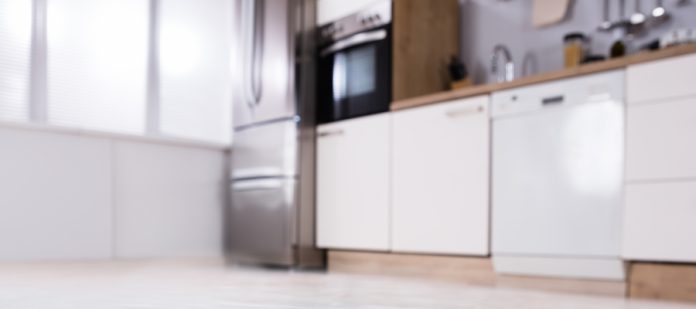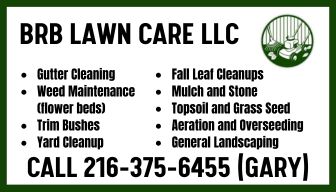Flooding is one of the most devastating disasters that can befall homeowners. If it has happened to you, you might be feeling overwhelmed and at a loss for what to do. With this advice, you can recover from flooding in your home and return stronger than before.
Prioritize Your Safety When Returning and Inspecting
Before you step back into your flooded home, make safety your number one priority. Flooding can cause structural damage, electrical hazards, and harmful contaminants.
First, confirm that you can safely return. Then, shut off the electricity and gas before entering, and wear protective gear that includes a bodysuit and a respirator. Once you enter your home, inspect the building for signs of instability, mold growth, or sewage backup.
Document and Report to Insurance
As you walk through your home, document all the damage thoroughly before cleaning anything up. Take clear photos and videos of every affected area, including floors, walls, furniture, and belongings. Write detailed notes about what happened and the extent of the damage.
Compile this information and contact your insurance provider promptly to file a claim. Additionally, keep receipts for any emergency repairs or purchases you make, as these are also essential for getting properly reimbursed.
Get Everything Dry
Dry out your home as soon as possible to prevent further damage and mold growth. Use pumps to remove standing water, then bring in fans and dehumidifiers to accelerate drying. Open windows, if the weather permits, to improve air circulation. Remove anything that soaks up and retains water, such as carpets, furniture, and drywall, as they can harbor mold.
Rebuild, Replace, and Repair With Flooding in Mind
Once you’ve inspected, cleared, and dried your home, you can start rebuilding. When you do so, think ahead to protect your home against future floods.
Start by replacing damaged materials with water-resistant alternatives. For example, replace the floors with laminate material. Likewise, you can prevent and repair water damage in kitchen cabinets and other storage around the home by laminating them. You should also consider replacing the drywall and insulation with a mold-resistant variety.
Next, install sump pumps, raise electrical outlets, and consider flood barriers for added protection. Recovering from flooding isn’t just about getting back to normal—it’s about building a safer, stronger home.
Work With Professionals
Do all the tasks we’ve mentioned above seem like too much to handle by yourself? Many homeowners feel the same way, so it’s very common to hire flood recovery professionals. These experts help with drying, cleaning, and repairs. An experienced contractor can also guide you through rebuilding while prioritizing flood prevention measures. While some tasks may be DIY-friendly, experts guarantee your home is safe, functional, and equipped with long-term protection.
Recovering from flooding in your home takes time, effort, and planning, but it’s doable. By following these steps, you can restore your space and better prepare for the future.


























